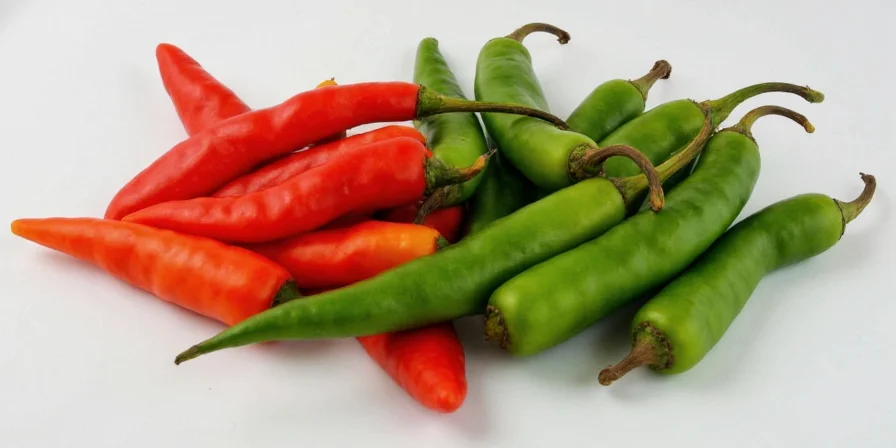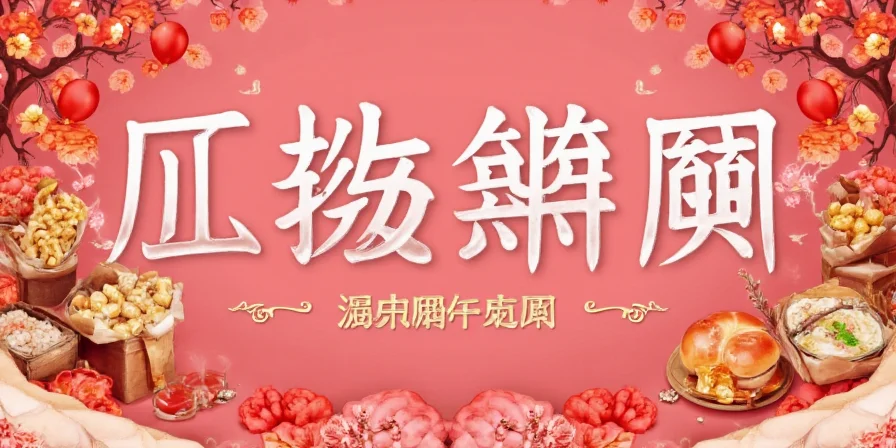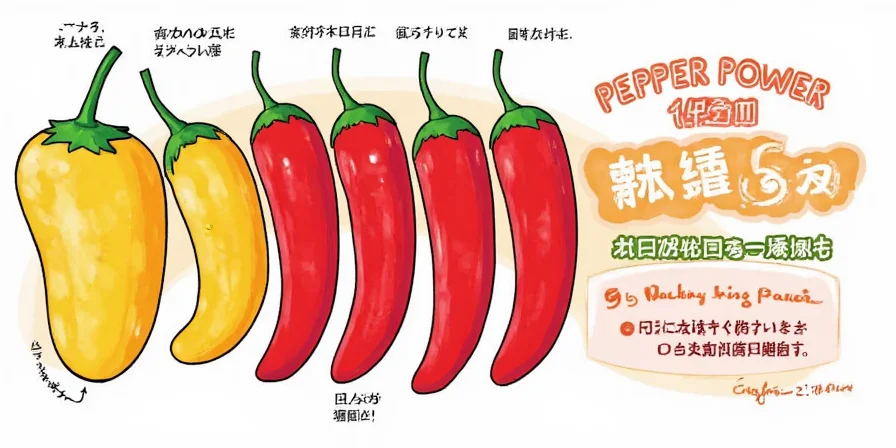There are five primary peppercorn varieties: black, white, green, pink, and red. All except pink peppercorns come from the Piper nigrum plant, differing only in harvest timing and processing methods. Black peppercorns are semi-ripe berries dried until wrinkled, white are fully ripe berries with outer husk removed, green are unripe berries preserved, pink come from a different plant (Schinus species), and red are fully ripe Piper nigrum berries carefully dried to retain color.
This definitive guide explains the biochemical differences, flavor chemistry, culinary applications, and storage requirements for each type - information verified through agricultural research and professional culinary practice.
Peppercorn Types Comparison
| Type | Harvest Time | Processing Method | Flavor Chemistry | Culinary Applications |
|---|---|---|---|---|
| Black | Semi-ripe (green stage) | Sun-dried until outer layer ferments and darkens | 45-55% piperine (spicy compound), complex volatile oils from fermentation | Best for dry rubs, grilled meats, soups, and sauces where bold flavor is desired |
| White | Fully ripe | Soaked to remove pericarp (outer layer), revealing inner seed | Higher concentration of piperine (60-70%), fewer volatile compounds | Ideal for light-colored dishes like béchamel, fish sauces, and mashed potatoes |
| Green | Unripe (early green stage) | Brined, freeze-dried, or air-dried to preserve chlorophyll | Lower piperine (30-40%), higher chlorophyll and fresh terpenes | Perfect for sauces added late in cooking, Thai cuisine, and fresh dressings |
| Pink | Ripe | Natural drying from Schinus molle or Schinus terebinthifolius | Minimal piperine, high in sesquiterpenes (floral compounds) | Suitable for desserts, fruit dishes, and as finishing garnish (not for high-heat cooking) |
| Red | Fully ripe | Vacuum-dried or freeze-dried to preserve color and compounds | Balanced piperine (50%), higher sugar content, floral terpenes | Excellent for infusions, gourmet finishing, and sweet applications |
Black Peppercorns: The Culinary Standard
Black peppercorns contain 45-55% piperine, the compound responsible for pepper's heat, plus over 30 volatile oils developed during the sun-drying fermentation process. This chemical transformation creates the complex earthy notes absent in other varieties.
Professional Application Guide
- Dry grinding: Use whole peppercorns for maximum volatile oil retention (freshly ground pepper contains 3x more aromatic compounds than pre-ground)
- Heat activation: Toast in dry pan at 150°C for 2-3 minutes to enhance aroma without burning volatile oils
- Culinary pairings: Complements red meat, mushrooms, and aged cheeses due to shared earthy compounds
- Preservation science: Whole peppercorns maintain potency for 3-4 years when stored below 20°C with <10% humidity

White Peppercorns: Precision Seasoning
White peppercorns contain 60-70% piperine due to removal of the outer layer, resulting in more consistent heat without the complex fermented notes of black pepper. The soaking process activates enzymes that create distinct musty notes.
Professional Application Guide
- Chemical advantage: Lacks chromogenic compounds that discolor light sauces (critical for traditional béchamel and velouté)
- Timing matters: Add during last 5 minutes of cooking to preserve volatile compounds that degrade at high temperatures
- Quality indicator: Premium white pepper shows uniform pale color without dark specks (indicates incomplete husk removal)
- Culinary tradition: Essential in French and Scandinavian cuisines where visual presentation is paramount

Green Peppercorns: Fresh Complexity
Green peppercorns contain only 30-40% piperine but retain high chlorophyll content and fresh terpenes. Brined versions develop lactic acid notes through controlled fermentation, while freeze-dried maintain brighter vegetal characteristics.
Professional Application Guide
- Processing impact: Brined green peppercorns add tanginess to sauces (ideal for Coq au Vin), while freeze-dried provide cleaner fresh notes
- Heat sensitivity: Loses 70% of volatile compounds when boiled for more than 8 minutes - always add late in cooking
- Flavor pairing: Complements citrus, vinegar, and fish due to shared terpene profiles
- Quality test: High-quality green peppercorns should snap when bitten, not mush

Pink Peppercorns: The Flavor Enhancer
Pink peppercorns contain minimal piperine but high levels of sesquiterpenes like caryophyllene, creating floral notes. They're not true peppercorns but berries from Schinus species, requiring special handling considerations.
Professional Application Guide
- Allergen awareness: Contains urushiol compounds that may trigger reactions in 5% of people with tree nut allergies
- Heat limitations: Degrades above 140°C - strictly for finishing dishes or cold applications
- Culinary innovation: Creates flavor synergy with chocolate (methyl salicylate compounds complement cocoa)
- Quality verification: Authentic pink peppercorns should have slight give when pressed (indicates proper moisture content)

Red Peppercorns: The Rare Gem
Red peppercorns maintain a balanced 50% piperine content with higher sugar concentration from full ripeness. Their rarity stems from the challenging drying process required to preserve anthocyanins responsible for the red color.
Professional Application Guide
- Preservation challenge: Must be dried below 40°C to prevent anthocyanin degradation - explains their premium pricing
- Flavor profile: Contains 20% more vanillyl compounds than black pepper, creating subtle sweet notes
- Culinary application: Ideal for fruit-based sauces and desserts where heat tolerance is less critical
- Authenticity test: Genuine red peppercorns maintain color when crushed (imitations fade immediately)

Professional Storage & Usage Protocols
Peppercorn quality degradation follows first-order kinetics - understanding these principles ensures optimal flavor retention:
- Light exposure: UV radiation degrades piperine at rate of 1.2% per month - always store in opaque containers
- Temperature impact: For every 10°C increase, volatile oil loss doubles (store below 20°C for maximum shelf life)
- Grinding science: Freshly ground pepper has 300% higher volatile compound concentration than pre-ground
- Humidity control: Above 60% RH accelerates mold growth in whole peppercorns (ideal storage: 40-50% RH)
- Culinary timing: Add black pepper during last 3 minutes of cooking to preserve 80% of volatile compounds

Advanced Culinary Applications
Professional chefs leverage peppercorn chemistry for flavor engineering:
- Flavor layering: Combine white pepper (base heat) with black pepper (aromatic top notes) for complex seasoning profiles
- Enzymatic activation: Crush green peppercorns 10 minutes before use to allow enzymatic development of flavor compounds
- Extraction techniques: Use red peppercorns in cold oil infusions to preserve heat-sensitive anthocyanins
- Maillard enhancement: Black pepper's aldehydes accelerate browning reactions in meats at 140-165°C
- Acid interaction: Pink peppercorns' sesquiterpenes bind with citric acid, creating flavor persistence in vinaigrettes
Frequently Asked Questions
What's the chemical difference between peppercorn varieties?
Why do professional kitchens use multiple peppercorn types?
How can I verify peppercorn authenticity?
What causes peppercorn quality degradation?
Understanding peppercorn chemistry transforms seasoning from random sprinkling to precise flavor engineering. Apply these principles to elevate your culinary results with scientific precision.











 浙公网安备
33010002000092号
浙公网安备
33010002000092号 浙B2-20120091-4
浙B2-20120091-4